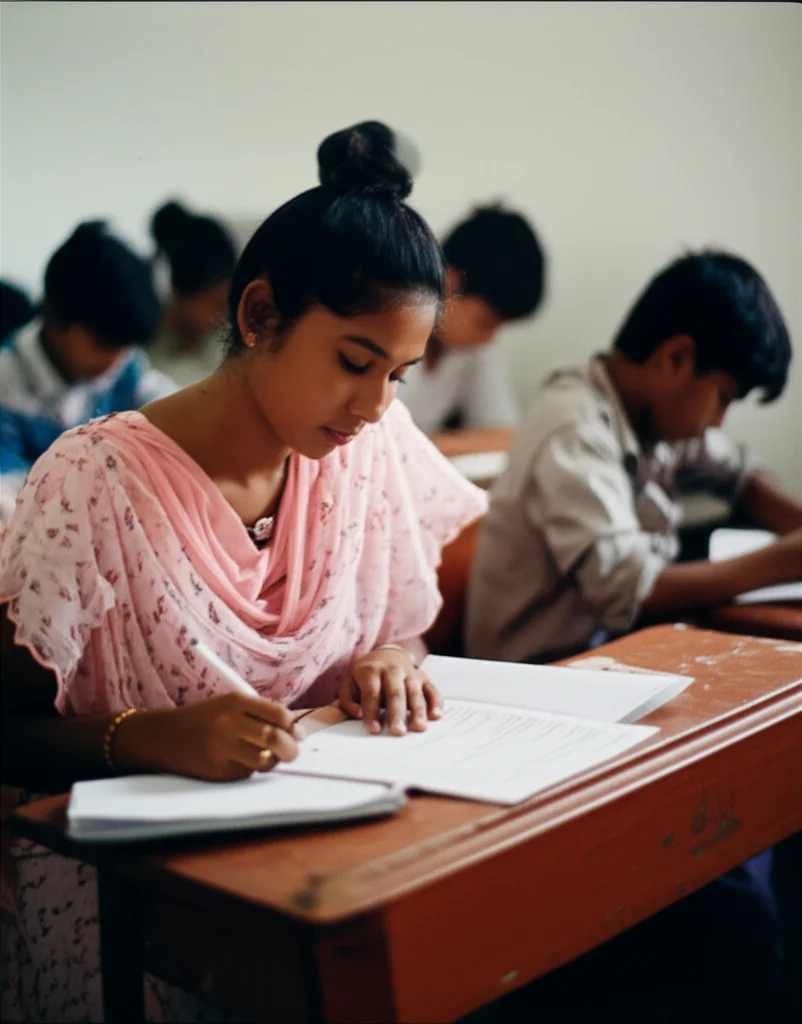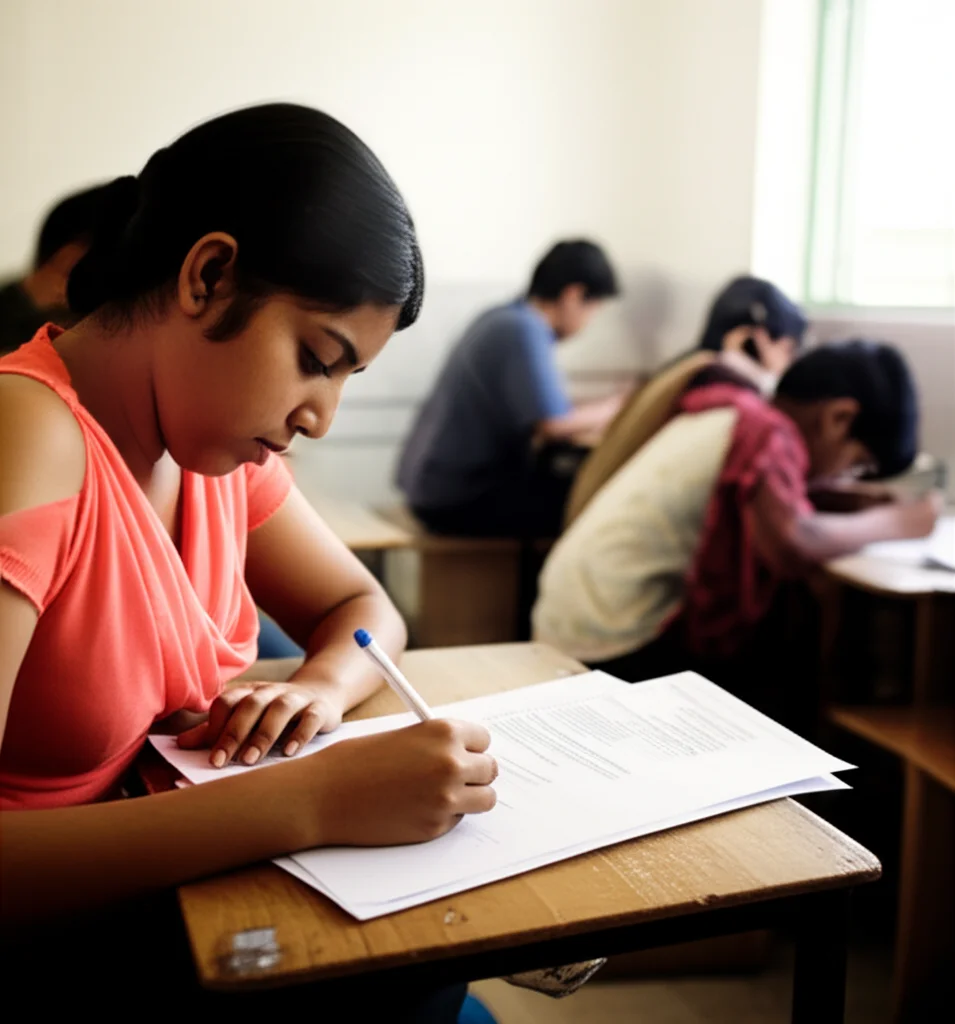Unlocking Health Smarts: Validating a Key Tool for Bangladeshi Teens
Hey there! Let’s chat about something super important: how well young people can understand and use health information. It’s called Health Literacy (HL), and honestly, it’s a big deal for staying healthy throughout life. Think about it – if you can’t figure out health advice, how can you make good choices?
For adolescents, this is a crucial time. They’re growing up, making more decisions for themselves, and navigating a world full of health info (and misinformation!). Giving them the tools to be health-literate is like giving them a superpower for their future well-being.
But here’s the thing: to help kids improve their health literacy, we first need a reliable way to measure where they’re at. There’s this cool tool called the Health Literacy for School-Aged Children (HLSAC) scale. It was originally developed in Finnish and looks at five key areas:
- Theoretical knowledge (knowing the facts)
- Practical knowledge (knowing how to do things)
- Individual critical thinking (questioning and evaluating info)
- Self-awareness (understanding your own health needs)
- Citizenship (how health fits into your community and rights)
Sounds comprehensive, right? It has 10 items designed to give a good picture of an adolescent’s health literacy.
Why This Study Matters in Bangladesh
Okay, so the HLSAC scale exists, but does it work everywhere? Specifically, does it work for adolescents in Bangladesh when translated into Bengali? That’s a massive question because Bangladesh, like many developing countries, faces health challenges, and boosting health literacy could make a real difference. Plus, the ‘citizenship’ part of the HLSAC felt particularly relevant for Bangladeshi teens, encouraging them to think about health not just personally, but also in their community.
Up until now, there hasn’t really been a go-to, proven-to-work tool in Bengali to measure health literacy specifically for school-aged kids there. So, a team of researchers stepped up to see if the HLSAC scale, translated into Bengali, was *valid* (does it measure what it’s supposed to?) and *reliable* (does it give consistent results?).
How They Did It: A Look Behind the Scenes
The researchers conducted what’s called a cross-sectional study. Imagine taking a snapshot of a group of kids at a specific time. That’s kind of what they did. They picked two secondary schools in Bangladesh – one in a rural area and one in an urban area – to get a diverse group of participants. They focused on students in grades 7 through 9.
First things first, they had to get the HLSAC scale into Bengali. This wasn’t just a simple word-for-word translation. They used a careful process:
- Two bilingual researchers translated the English HLSAC into Bengali.
- Another two bilingual researchers translated the Bengali version *back* into English.
- A native English speaker checked the back-translation against the original English to make sure the *meaning* was the same, not just the words. They tweaked the Bengali version until it felt right.
After the translation, they did a “pre-test” with a small group of students, mainly from the rural school, to see if the questions made sense and were easy to answer in the local context and dialect. This helped them fine-tune the wording.
Then came the main event. They got permission from the schools and, importantly, consent from the students *and* their parents or guardians. Over 300 students participated! They filled out the Bengali HLSAC questionnaire, plus two other scales: the General Self-Efficacy (GSE) scale (which measures how much confidence someone has in their ability to handle situations) and a Perceived Knowledge scale (about how much they *think* they know about physical and mental health). These other scales were used to check the HLSAC’s “convergent validity” – basically, does it correlate with other things it *should* correlate with, like feeling capable (self-efficacy) and feeling knowledgeable?

To check reliability over time (called test–retest reliability), they had the same students fill out the HLSAC questionnaire again about two weeks later. This helps see if the scores are consistent.
Finally, they crunched all the numbers using statistical methods like Confirmatory Factor Analysis (CFA) (to check the scale’s structure and validity), Cronbach’s alpha (to check if the items within the scale hang together well – internal consistency), and correlation tests (like Spearman’s) to see how the different scales related to each other.
What the Numbers Said: The Findings
So, what did they find out? Let’s break it down:
* Validity (Does it measure HL?): The CFA results were pretty good! The statistical models for both the original 10-item scale and a modified 9-item scale (they looked at removing one item, HLQ6, because its factor loading was low) showed a “robust fit.” This suggests the Bengali HLSAC scale *does* measure a single underlying concept (health literacy) as intended. The 9-item version actually showed a slightly better fit, similar to findings in studies with adults.
* Convergent Validity (Does it play well with others?): Yes! The Bengali HLSAC scores were positively correlated with both the General Self-Efficacy scale and the Perceived Knowledge scale. This is good news – it means kids who scored higher on the HLSAC also tended to feel more capable and knowledgeable about health, which makes sense.
* Internal Consistency (Do the questions stick together?): The Cronbach’s alpha scores were 0.759 for the 10-item scale and 0.776 for the 9-item scale. A score of 0.7 or higher is generally considered good, so the items within the Bengali HLSAC scale seem to measure the same thing consistently.
* Test-Retest Reliability (Is it consistent over time?): This is where things got a bit tricky. The correlation coefficient for test-retest reliability was quite low (around 0.388 for the 10-item and 0.375 for the 9-item). This suggests that students’ scores weren’t very consistent over the two-week period. The researchers think this might be due to things like unclear questions, ambiguity in responses, or even external factors affecting the students between tests. It means that while the scale measures HL okay *at one point*, its stability over time is questionable based on this study.
* Measurement Invariance (Does it work the same for everyone?): They also checked if the scale worked the same way across different groups (boys vs. girls, rural vs. urban, different family incomes, etc.). They found a “lack of invariance” for sex, location (rural/urban), and parent’s main job, meaning the scale might not be measuring HL *exactly* the same way for these different groups. This is important because it suggests potential cultural biases or differences in how questions are understood based on background.

What Does This All Mean?
Okay, so the big takeaway? This study is a *huge* step forward! It’s the first time the HLSAC scale has been formally tested and validated in Bengali for adolescents in Bangladesh.
The good news is that the Bengali HLSAC scale, particularly the 9-item version, seems to be a valid tool for measuring health literacy in this group based on its structure and how it correlates with other relevant concepts. Its internal consistency is also good. This means researchers and educators now have a tool they *can* use.
However, the low test-retest reliability is a yellow flag. It suggests we need to be cautious about using a single measurement from this scale to make definitive judgments about an individual’s stable health literacy level over time. It also highlights that maybe some questions need refinement to be clearer or less ambiguous for this population.
The lack of measurement invariance across different groups (like rural vs. urban or boys vs. girls) is another point for future work. It tells us we need to look closer at *why* the scale might behave differently for these groups. Are there cultural nuances, differences in access to health info, or other factors at play that influence how the questions are interpreted or answered?
Looking Ahead
This study is foundational, but it also points the way for future research. The authors recommend:
- Testing the scale with a larger and even more diverse sample, including students from other grades.
- Conducting more studies to understand *why* the test-retest reliability was low and potentially refine the scale items.
- Investigating the lack of invariance more deeply to ensure the scale is fair and accurate for *all* adolescent groups in Bangladesh.
- Considering if a 9-item or 10-item version is ultimately best for this specific population.
Ultimately, having a validated tool like the Bengali HLSAC scale is essential for developing effective health education programs for young people in Bangladesh. Even with the current limitations, this research provides a much-needed starting point to better understand and improve health literacy among adolescents, empowering them to make healthier choices for themselves and their communities. It’s about giving them the knowledge and confidence to navigate the complex world of health information.

This study truly is a vital step in making sure that the future generation in Bangladesh is equipped with the health smarts they need to thrive!
Source: Springer







